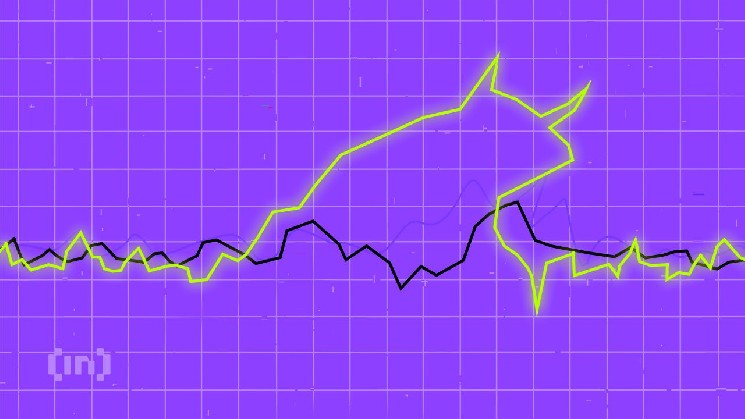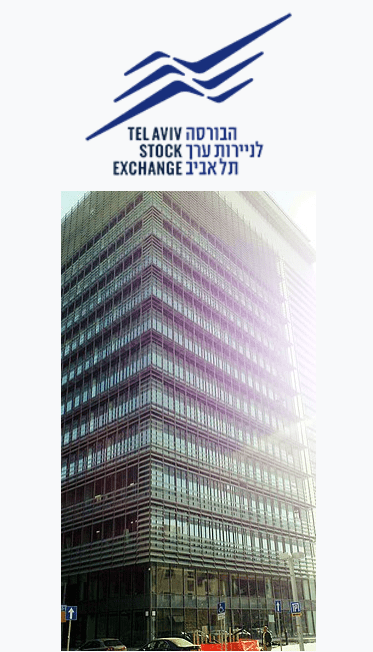Tel Aviv: You Could Be Trading Crypto on the Israeli Stock Exchange Soon

The Tel Aviv Stock Exchange’s 2023-2027 published roadmap includes blockchain technology and asset tokenization.
On Oct. 24, 2022, the Tel Aviv Stock Exchange (TASE) released a strategic plan for 2023-2027 after it was approved by the board of directors and management.
Blockchain and tokenization key goals
The new plan focuses on four forward-looking areas, including offering crypto products directly to institutional investors.
Firstly, the TASE wants to bolster its core business value through four initiatives. It intends to improve its product range to attract foreign investors. The exchange will also look to strengthen its derivatives offerings and improve its systems to clear and report over-the-counter (OTC) transactions. It wants to improve distribution channels to current customers.
Secondly, the TASE wants to improve its digital capabilities and sharing of analytics. To do this, it wants to create new virtual assets and services that cater to institutional customers and liquidity providers. It hopes these efforts will improve its customers’ efficiency and encourage competition.
Thirdly, the TASE wants to tokenize traditional assets and implement blockchain technology. Accordingly, on Oct. 19, 2022, the TASE and the Accountant General decided to pilot issuing tokenized government bonds using blockchain, smart contracts, and tokenization. TASE will also look into upgrading current infrastructure to new Web3 or blockchain standards and offering a product that tracks a basket of crypto assets.
Finally, it wants to promote its Israeli technology by marketing it to smaller exchanges.
Tel Aviv exchange joins growing cohort of institutional interest
While crypto was designed to be decentralized, many customers feel comfortable accessing them through traditional companies.
As a case in point, the CME Group, the world’s largest derivatives exchange, has launched multiple crypto-derivative products. The company is an established player in the derivatives market, launching its first futures contract in 1961. Therefore it was no surprise that when it launched its first Bitcoin futures product in Dec. 2017, bitcoin reached an all-time high of$19,423.58. ETH also rallied to $728.70 before reaching $1,448.18 in Jan 2018. Also, after ProShares launched its bitcoin futures ETF in Oct. 2021, both ETH and Bitcoin started rallying and reached their all-time highs in Nov. 2021.
According to Mastercard’s chief digital officer, consumers want crypto exposure but feel better if it’s through a trusted intermediary like a bank. Accordingly, the payments provider announced on Oct. 17, 2022, that it would pilot a project in 2023 to help customers trade crypto assets through their banks. The crypto assets would come from an exchange called Paxos.
TASE boasts three foreign bank members
By bringing digital assets and tokenization under its banner, the Tel Aviv Stock Exchange lends the crypto space an air of credibility. It is a highly-regulated institution and operates under a license given by the country’s finance minister. The Israel Securities Authority supervises the exchange, including the TASE Clearing House and the Derivatives Clearing House. The clearing houses act as central counterparties to transactions, bearing the risk that a transaction party will not meet their obligation.

Source: Wikipedia
Banks that are TASE members are supervised by an entity of the Bank of Israel, which provides the public with a further layer of protection. The public can only access TASE’s products through its members. Three foreign banks are TAS members: Barclays Bank PLC, Citibank, and HSBC Bank PLC. But the company’s roadmap, if executed successfully, could result in more foreign banks coming on board.






 Bitcoin
Bitcoin  Ethereum
Ethereum  Tether
Tether  USDC
USDC  TRON
TRON  Dogecoin
Dogecoin  Cardano
Cardano  Bitcoin Cash
Bitcoin Cash  Chainlink
Chainlink  LEO Token
LEO Token  Zcash
Zcash  Monero
Monero  Stellar
Stellar  Litecoin
Litecoin  Hedera
Hedera  Dai
Dai  Cronos
Cronos  OKB
OKB  Tether Gold
Tether Gold  Ethereum Classic
Ethereum Classic  KuCoin
KuCoin  Gate
Gate  Algorand
Algorand  Cosmos Hub
Cosmos Hub  VeChain
VeChain  Tezos
Tezos  Dash
Dash  TrueUSD
TrueUSD  Stacks
Stacks  IOTA
IOTA  Basic Attention
Basic Attention  Decred
Decred  Theta Network
Theta Network  NEO
NEO  Qtum
Qtum  Synthetix
Synthetix  0x Protocol
0x Protocol  Ravencoin
Ravencoin  DigiByte
DigiByte  Zilliqa
Zilliqa  Nano
Nano  Siacoin
Siacoin  Numeraire
Numeraire  Waves
Waves  Ontology
Ontology  BUSD
BUSD  Status
Status  Enjin Coin
Enjin Coin  Hive
Hive  Pax Dollar
Pax Dollar  Lisk
Lisk  Steem
Steem  Huobi
Huobi  OMG Network
OMG Network  NEM
NEM  Bitcoin Gold
Bitcoin Gold  Augur
Augur